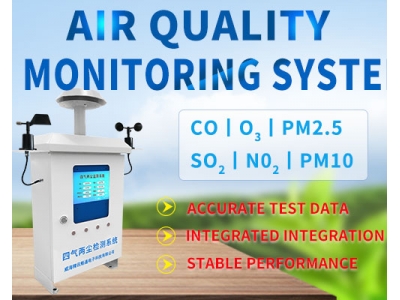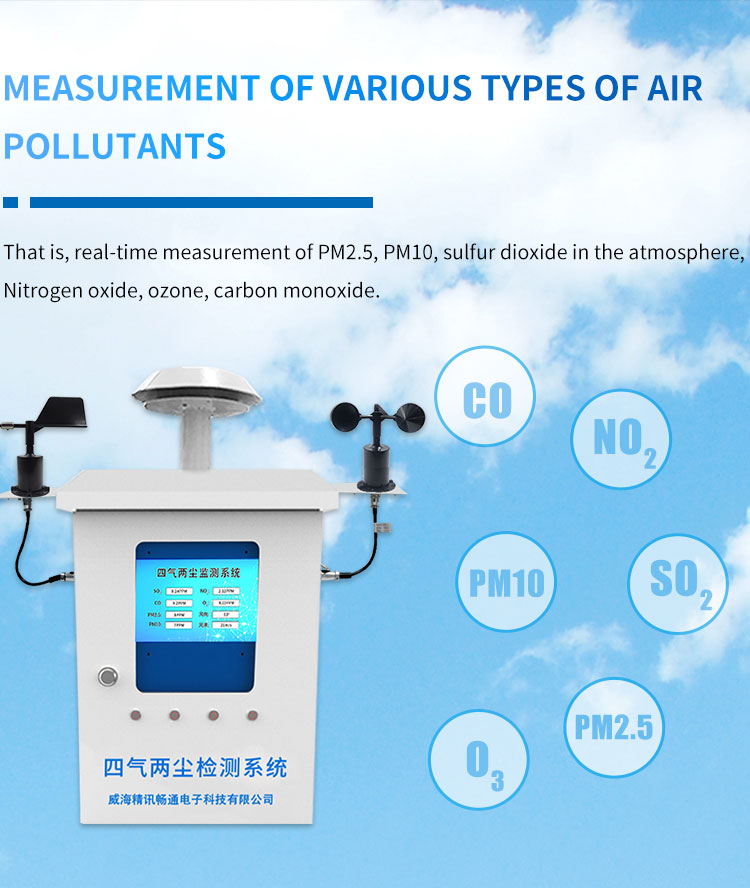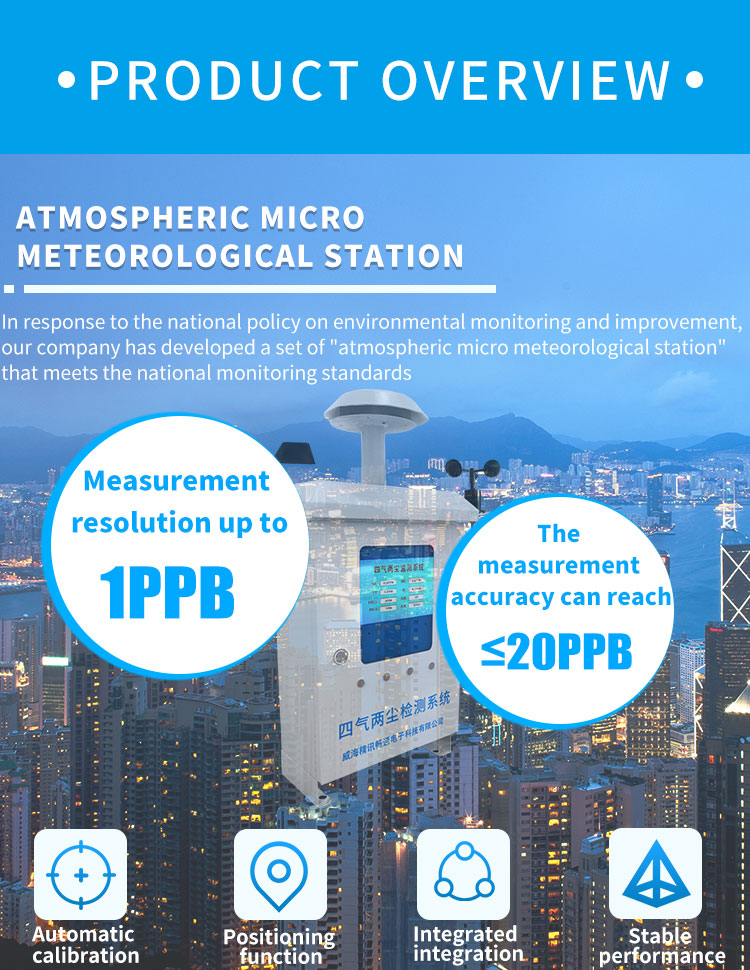
The Importance of an Air Pollution Monitoring System for Environmental Health
In this article, we will explore the impact of air pollution on human health, and the role of an air pollution monitoring system in mitigating environmental risks.

In this article, we will explore the impact of air pollution on human health, and the role of an air pollution monitoring system in mitigating environmental risks.
Air pollution has become a global issue, with major cities around the world experiencing high levels of pollutants in the atmosphere. Exposure to air pollution can lead to severe health issues, including respiratory problems, heart disease, and even cancer. With growing concerns over air pollution, there is an increasing need for an air pollution monitoring system that can track the levels of pollutants in the environment. In this article, we will explore the impact of air pollution on human health, and the role of an air pollution monitoring system in mitigating environmental risks.

Air pollution refers to the presence of harmful substances in the atmosphere, including gases, particulate matter, and other chemicals. These pollutants can have a detrimental impact on human health, particularly on respiratory and cardiovascular systems. Here are some of the key ways in which air pollution can affect our health:
Respiratory problems: Exposure to air pollution can lead to respiratory issues, including asthma, bronchitis, and chronic obstructive pulmonary disease (COPD). Long-term exposure to pollutants can cause irreversible damage to lung tissue, leading to a decline in lung function.
Cardiovascular disease: Air pollution has been linked to an increased risk of heart disease and stroke. This is because pollutants can enter the bloodstream and cause inflammation, which can lead to a range of cardiovascular issues.
Cancer: Exposure to certain types of air pollutants, including benzene and polycyclic aromatic hydrocarbons (PAHs), has been linked to an increased risk of cancer.
Neurological problems: There is evidence to suggest that air pollution can have a negative impact on cognitive function, particularly in children. Exposure to pollutants like lead can cause developmental delays and cognitive impairments.
An air pollution monitoring system is a tool used to measure the levels of pollution in the air. These systems can monitor a range of pollutants, including particulate matter, ozone, and nitrogen dioxide. Here are some of the key ways in which an air pollution monitoring system can help to mitigate environmental risks:
Identifying sources of pollution: An air pollution monitoring system can help to identify the sources of pollution in a given area. This information can then be used to develop targeted strategies for reducing emissions, such as traffic management schemes or industrial regulations.
Assessing public health risks: By monitoring pollutant levels, an air pollution monitoring system can help to assess the risk to public health. This information can then be used to issue public health warnings or implement other measures to protect vulnerable individuals.
Measuring the effectiveness of interventions: An air pollution monitoring system can help to evaluate the effectiveness of interventions aimed at reducing pollution levels. For example, by comparing pollutant levels before and after the implementation of a new policy, it is possible to assess whether the intervention has been successful.
Informing policy decisions: The data gathered by an air pollution monitoring system can be used to inform policy decisions around environmental regulation. For example, governments can use this information to set targets for reducing emissions and to develop policies that encourage sustainable practices.

There are various types of air pollution monitoring system technologies available, each with its own unique advantages and disadvantages. Here are some of the most common types of air pollution monitoring systems:
Passive monitoring: This type of monitoring involves the use of passive sampling devices that collect pollutants over a period of time. These devices are relatively inexpensive and easy to deploy, but they may not provide real-time data.
Active monitoring: This type of monitoring involves the use of systems that actively sample air and analyze it in real-time. Active monitoring systems are more expensive than passive systems but can provide more detailed data.
Remote sensing: This type of monitoring uses sensors mounted on satellites or aircraft to gather data on air quality over large areas. While remote sensing is effective for monitoring large regions, it may not provide detailed information at a local level.
Air pollution is a serious threat to human health, but with an air pollution monitoring system, we can work towards mitigating environmental risks. Monitoring pollutant levels can help to identify sources of pollution, assess public health risks, and evaluate the effectiveness of interventions aimed at reducing emissions. With advancements in monitoring technology, we can develop more accurate and effective systems for tracking air quality. By investing in air pollution monitoring systems, we can create a safer and healthier environment for all.